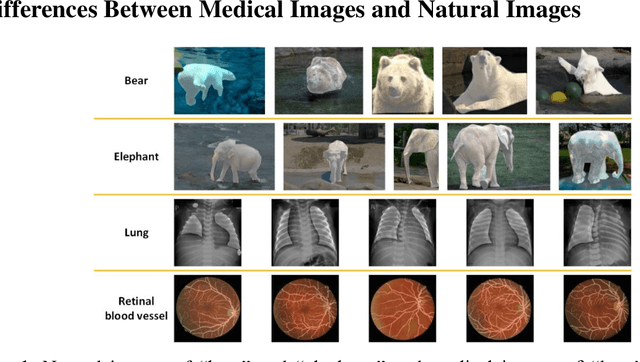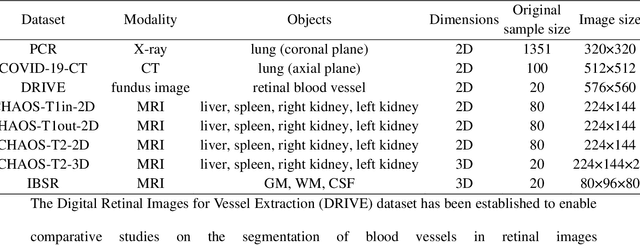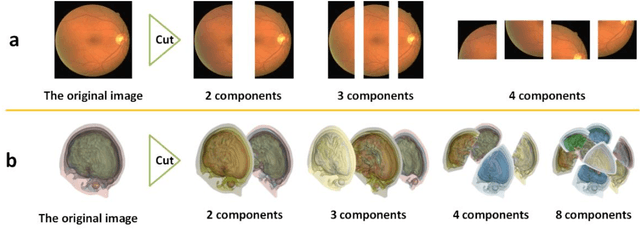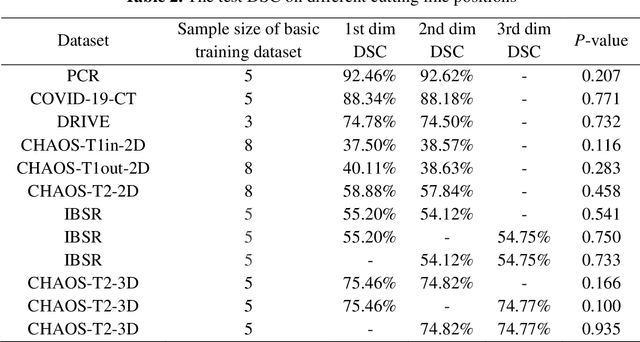Jiajie Tang
LLM-Rec: Personalized Recommendation via Prompting Large Language Models
Aug 16, 2023



Abstract:We investigate various prompting strategies for enhancing personalized recommendation performance with large language models (LLMs) through input augmentation. Our proposed approach, termed LLM-Rec, encompasses four distinct prompting strategies: (1) basic prompting, (2) recommendation-driven prompting, (3) engagement-guided prompting, and (4) recommendation-driven + engagement-guided prompting. Our empirical experiments show that incorporating the augmented input text generated by LLM leads to improved recommendation performance. Recommendation-driven and engagement-guided prompting strategies are found to elicit LLM's understanding of global and local item characteristics. This finding highlights the importance of leveraging diverse prompts and input augmentation techniques to enhance the recommendation capabilities with LLMs.
Cutting-Splicing data augmentation: A novel technology for medical image segmentation
Oct 17, 2022



Abstract:Background: Medical images are more difficult to acquire and annotate than natural images, which results in data augmentation technologies often being used in medical image segmentation tasks. Most data augmentation technologies used in medical segmentation were originally developed on natural images and do not take into account the characteristic that the overall layout of medical images is standard and fixed. Methods: Based on the characteristics of medical images, we developed the cutting-splicing data augmentation (CS-DA) method, a novel data augmentation technology for medical image segmentation. CS-DA augments the dataset by splicing different position components cut from different original medical images into a new image. The characteristics of the medical image result in the new image having the same layout as and similar appearance to the original image. Compared with classical data augmentation technologies, CS-DA is simpler and more robust. Moreover, CS-DA does not introduce any noise or fake information into the newly created image. Results: To explore the properties of CS-DA, many experiments are conducted on eight diverse datasets. On the training dataset with the small sample size, CS-DA can effectively increase the performance of the segmentation model. When CS-DA is used together with classical data augmentation technologies, the performance of the segmentation model can be further improved and is much better than that of CS-DA and classical data augmentation separately. We also explored the influence of the number of components, the position of the cutting line, and the splicing method on the CS-DA performance. Conclusions: The excellent performance of CS-DA in the experiment has confirmed the effectiveness of CS-DA, and provides a new data augmentation idea for the small sample segmentation task.
 Add to Chrome
Add to Chrome Add to Firefox
Add to Firefox Add to Edge
Add to Edge